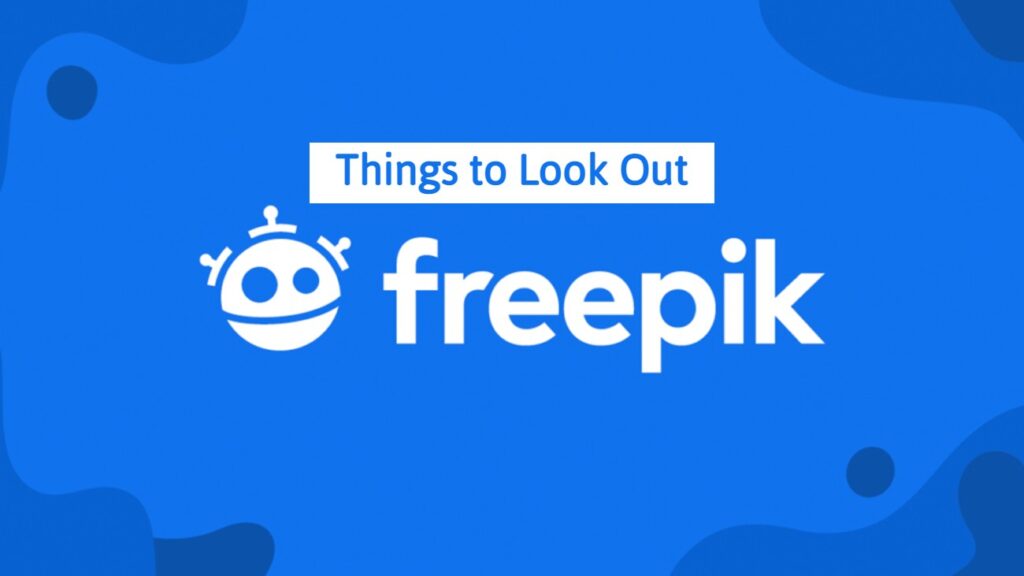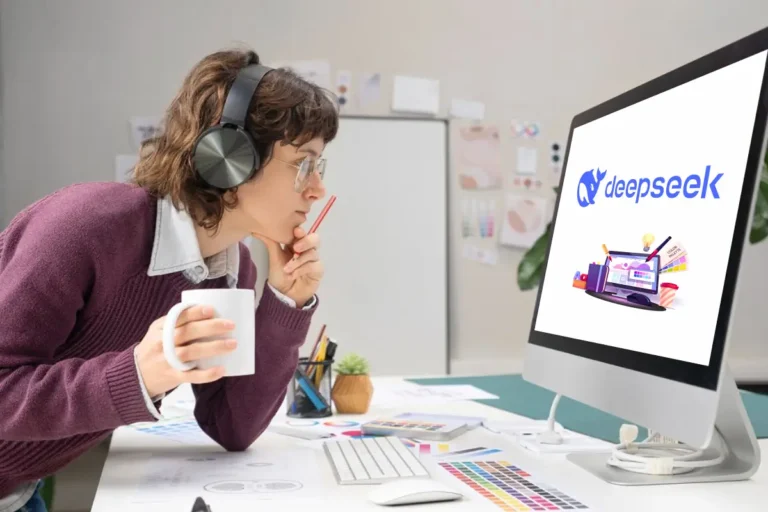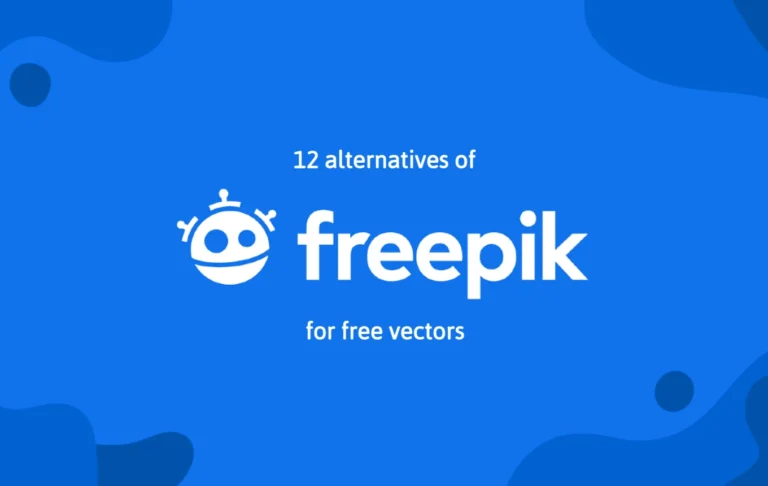Freepik is a great resource for designers and creators looking for free design elements for their projects. However, it’s important to be aware of the usage rights and licenses for the resources you find on the website. In this blog post, we’ll explore some of the things to look out for when using Freepik, as well as other great resources for finding free design elements.
Table of Contents
Understanding Usage Rights and Licenses
One of the most important things to look out for when using Freepik is the usage rights and licenses for the resources you find on the website. Freepik offers both free and premium resources, and the usage rights and licenses can vary depending on the resource.
Some resources on Freepik are labeled as “Free for commercial use,” which means that you can use them for commercial projects without attribution. Other resources, however, may require attribution or may only be used for personal projects. It’s important to carefully read and understand the usage rights and licenses for each resource before using it in your project.
Why Adobestock Is Preferred Over Freepik by Professionals?
Why Professional Designers Choose Design Cuts Instead of Freepik
Checking for Quality
Another important thing to look out for when using Freepik is the quality of the resources you find on the website. While Freepik has a wide selection of resources, not all of them are of the same quality. Some resources may be low resolution, poorly designed, or not suitable for your project.
To ensure that you’re getting high-quality resources, take the time to carefully preview and download the resources you need. Also, you can look for the downloads numbers, comments and ratings to have an idea about the quality of the resource.
Finding Alternatives of Freepik
While Freepik is a great resource for finding free design elements, it’s not the only one out there. There are many other websites that offer free design elements, and it’s a good idea to explore a few different options to find the resources that are right for your project.
Some popular alternatives to Freepik include:
- Pixabay: A website with a wide selection of free stock photos, vectors, and illustrations.
- Unsplash: A website with a curated collection of high-resolution stock photos that can be used for personal and commercial projects.
- Behance: A website that allows you to find and follow the work of designers and creatives from around the world.
- Flaticon: A website that provides a wide variety of customizable icons that can be used for free under the Flaticon license.
Attribution
Another important thing to consider when using Freepik or any other website for free design elements is attribution. Many of the resources available on these websites are provided by individual designers and creatives, who often require that their work is properly credited.
It’s important to read the usage rights and licenses for each resource and make sure that you’re giving proper attribution to the creators of the resources you use. This can typically be done by linking back to the original resource or including the name of the designer in the credits of your project.
Searching Techniques
Freepik has a big library and searching for the right resource can be time-consuming and frustrating. To make the most of your time on the website, try to use specific keywords to find the resources you’re looking for. You can also use the filtering options to narrow down your search results by type of resource, color, and even by the number of downloads.
You can also take advantage of the search options available on the website, such as “recently added” and “popular” to find the latest and most frequently downloaded resources.
Conclusion

Freepik is a great resource for finding free design elements, but it’s important to be aware of the usage rights and licenses for the resources you find on the website. Additionally, be sure to check for quality, and explore alternative resources like Pixabay, Unsplash, Behance, and Flaticon. By keeping these things in mind, you can be sure that you’re using the best resources for your project, while also respecting the rights of the creators and designers who have made them available.




